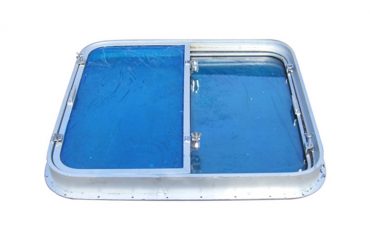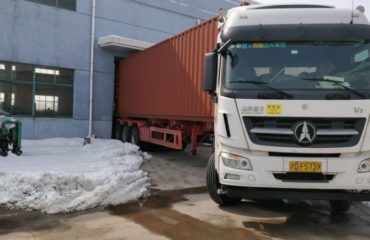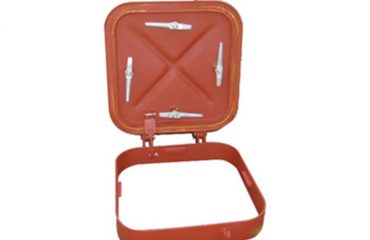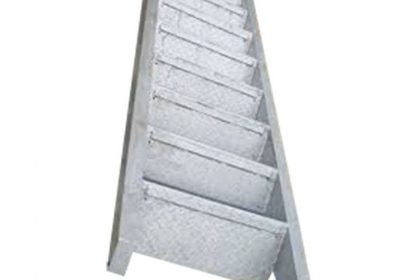
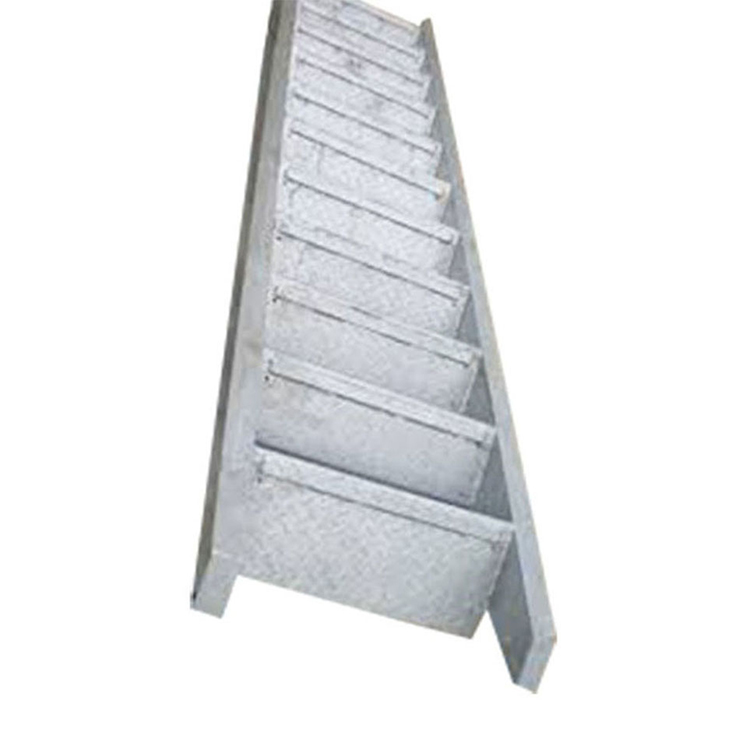
One of the main differences is the inclination angle of ship ladders, which is typically steeper than that of traditional ladders. This is to accommodate the limited space available on ships and to ensure that the ladder can fit into narrow passages and stairwells. The steeper angle also helps to reduce the amount of space that the ladder takes up when not in use, allowing for easier storage and movement around the ship’s interior.
Another key difference is the materials used in the construction of ship ladders. Traditional ladders are often made of wood or metal, but ship ladders are typically constructed from corrosion-resistant materials such as aluminum or stainless steel. This is necessary to withstand the harsh saltwater environment and to ensure the durability and longevity of the ladder in marine conditions.
The design of ship ladders also takes into account the need for safety and stability while moving between different levels of the ship. Ship ladders are typically equipped with handrails on both sides and non-slip treads to provide a secure grip and prevent accidents. Additionally, ship ladders are often designed to be collapsible or foldable to facilitate easier storage and deployment in confined spaces.
In terms of regulations and standards, ship ladders are subject to specific requirements set by maritime authorities such as the International Maritime Organization and the International Labour Organization. These regulations ensure that ship ladders meet the necessary safety standards for use on vessels and comply with international maritime laws.



